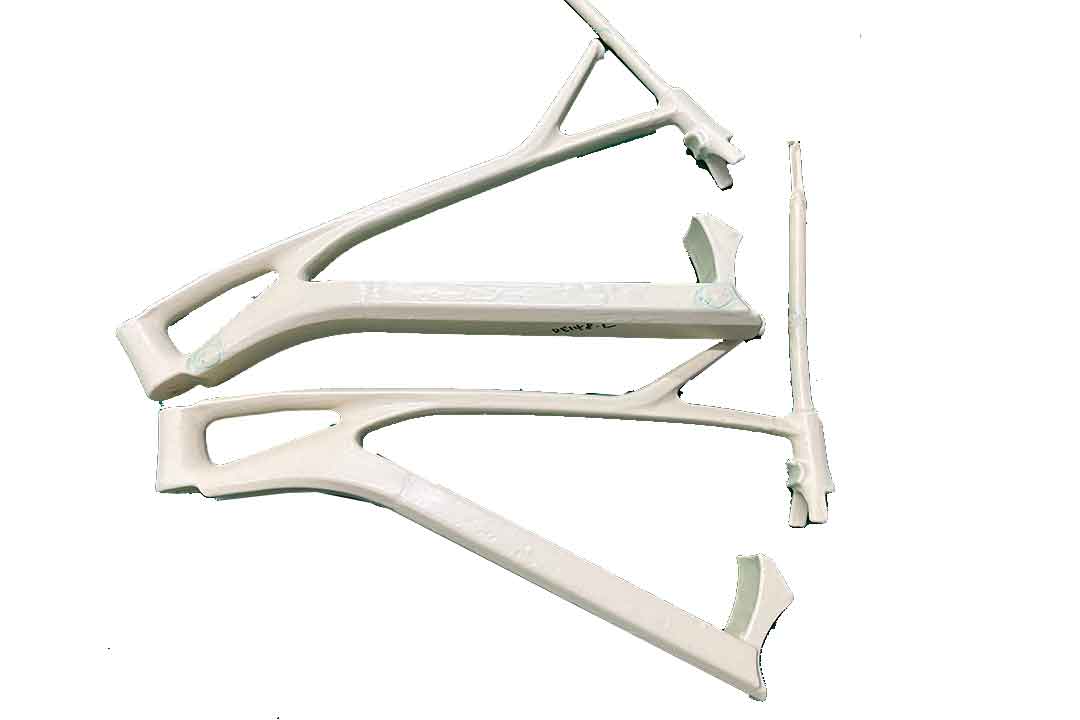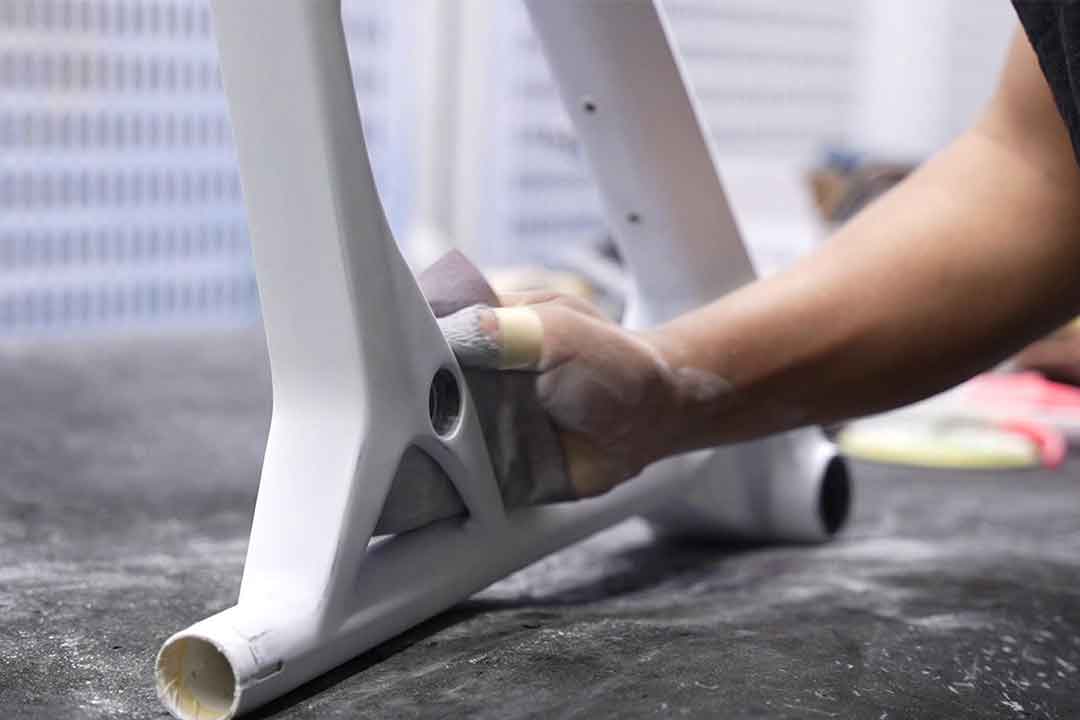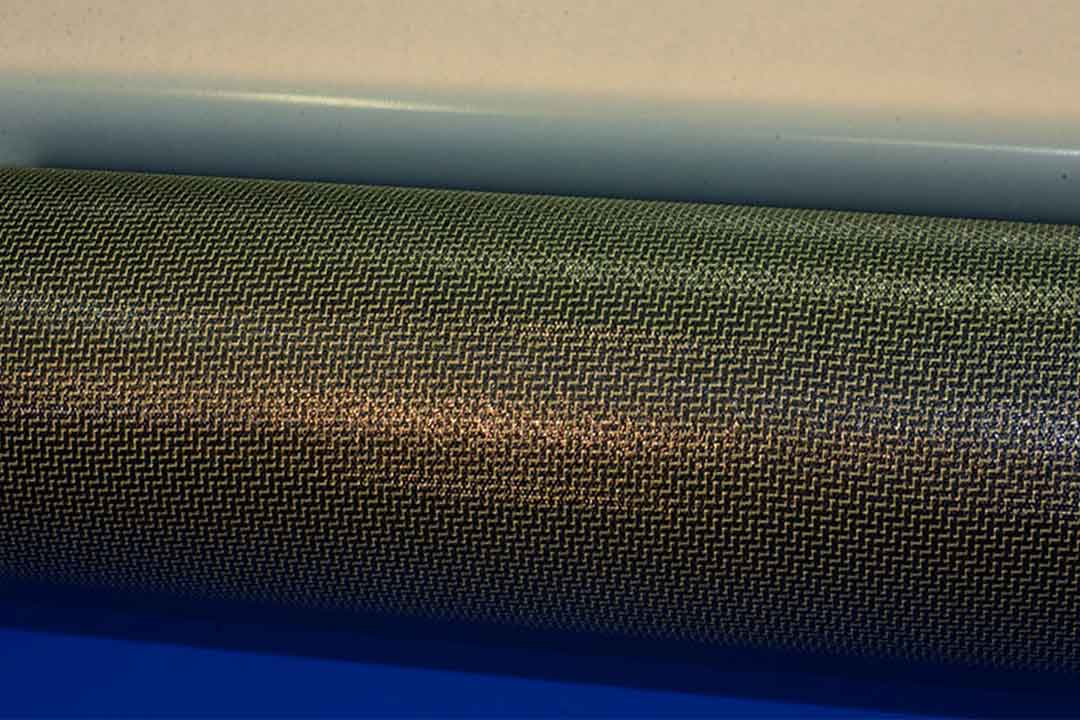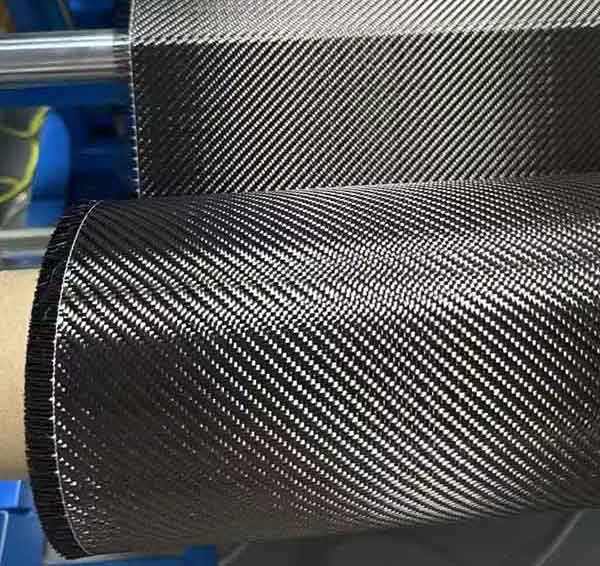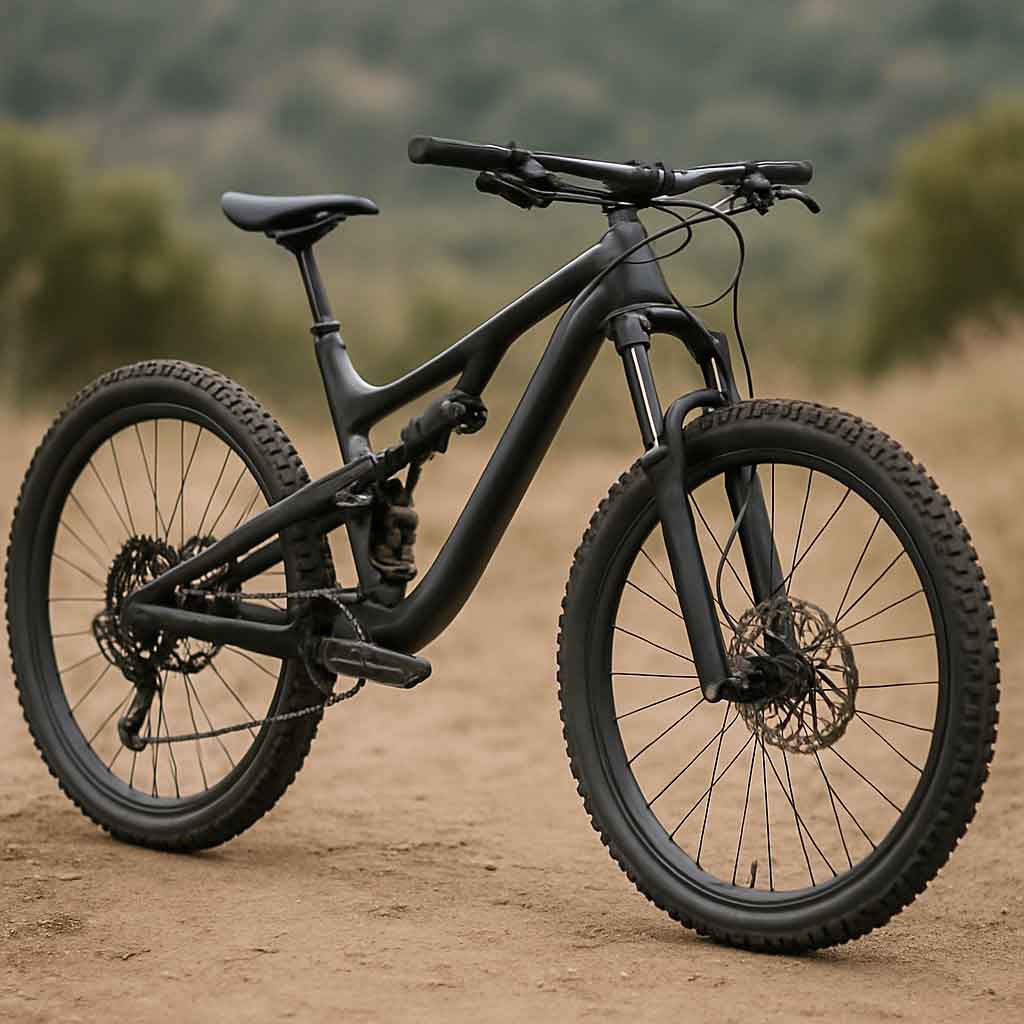Welcome to Mondince Bike - A well-known factory specialized in produce carbon bike frame and other parts since 2007.
Choosing the Right Gravel Bike Fork
When it comes to gravel biking, the fork you choose can make a significant difference in your ride's comfort and performance. Whether you're upgrading an existing bike or building a new one from scratch, selecting the right gravel bike fork is essential. This guide will break down the various options available, helping you make an informed decision.
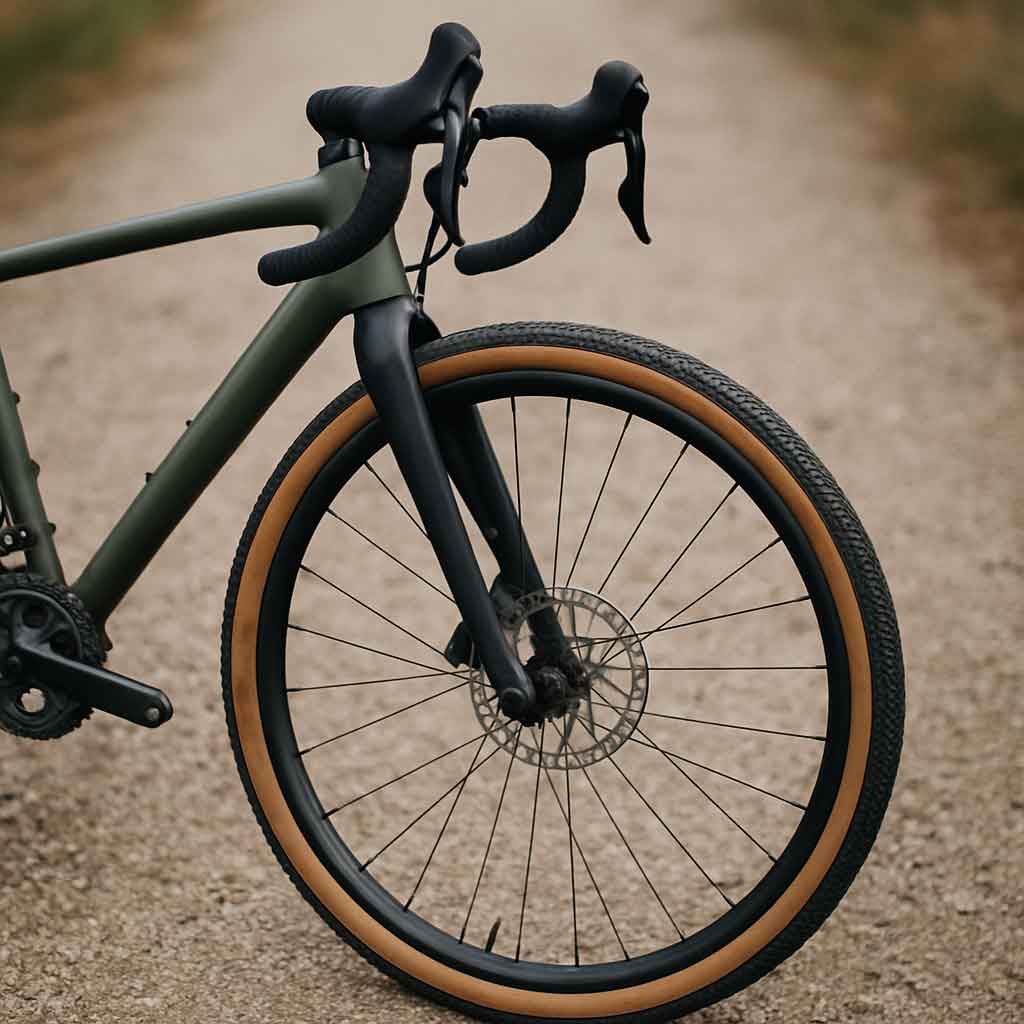
Gravel bike forks are a crucial component of your bike's setup, impacting both the handling and comfort of your ride. Unlike traditional road bikes, gravel bikes are designed to handle a variety of surfaces, and the fork plays a vital role in this versatility. Let's delve deeper into what makes gravel bike forks unique and how they contribute to your biking experience.
The Role of Gravel Bike Forks
Gravel bike forks are engineered to provide stability and control across different terrains. They are designed to absorb shocks from rough paths, which helps in maintaining a smooth ride. The fork's geometry can influence the bike's overall handling, making it easier to navigate sharp turns and obstacles.
Versatility in Terrain Handling
Unlike road bikes that are optimized for speed on paved surfaces, gravel bikes must handle a mix of gravel, dirt, and road surfaces. The fork's adaptability is crucial here, offering the flexibility to switch between different terrains seamlessly. This versatility enhances your biking experience by allowing you to explore a wider range of trails.
Impact on Ride Comfort
Comfort is paramount in gravel biking, especially on long rides. A well-chosen fork can minimize vibrations and shocks, reducing fatigue and allowing you to ride longer distances without discomfort. The right fork ensures that you remain comfortable irrespective of the roughness of the terrain.
Types of Gravel Bike Forks
There are several types of forks you can choose from, each with its own set of advantages. The choice largely depends on your specific needs and the nature of the trails you plan to conquer.
Rigid Forks
Rigid forks are the most straightforward option. They lack suspension, which means they are lighter and require less maintenance. A rigid fork, often made from carbon, is an excellent choice for those who prioritize speed and efficiency on smoother gravel paths.
Advantages of Rigid Forks
Rigid forks offer a no-fuss, direct connection to the road, providing immediate feedback from the surface. This connection can be beneficial for riders who prefer a more responsive and efficient ride. Moreover, the absence of moving parts means less maintenance, making them a hassle-free option for many cyclists.
Ideal Conditions for Rigid Forks
These forks shine on well-maintained gravel paths or mixed surfaces where the ground is relatively smooth. They are perfect for riders who enjoy long-distance rides on predictable terrain, where the emphasis is on maintaining a steady pace without the need for shock absorption.
Limitations of Rigid Forks
While rigid forks are excellent for speed, they may not offer the comfort required on particularly rough or uneven trails. The lack of suspension can lead to increased fatigue over rougher terrain, making them less suitable for trails that are littered with obstacles or loose gravel.
Suspension Forks
Suspension forks add a bit more complexity to your bike. They come equipped with shock absorbers that can significantly enhance comfort on rougher trails. If you frequently ride on uneven surfaces, a gravel bike suspension fork might be the best option for you.
Benefits of Suspension Forks
Suspension forks provide superior comfort by absorbing shocks from uneven surfaces, allowing you to tackle rough trails with ease. This absorption reduces the strain on your arms and wrists, enabling you to enjoy longer rides without discomfort. Additionally, they offer better traction on loose or slippery surfaces.
Suitable Terrain for Suspension Forks
These forks are ideal for rugged trails that feature rocks, roots, and other obstacles. They provide the stability and cushioning needed for technical trails, making them a favorite among adventure cyclists who enjoy exploring off-the-beaten-path routes.
Considerations for Suspension Forks
While they offer enhanced comfort, suspension forks are typically heavier and require more maintenance than rigid forks. Riders need to periodically service the shock absorbers to ensure optimal performance. Moreover, they can be more expensive, which is something to consider if you're on a tight budget.
Materials: Carbon vs. Aluminum
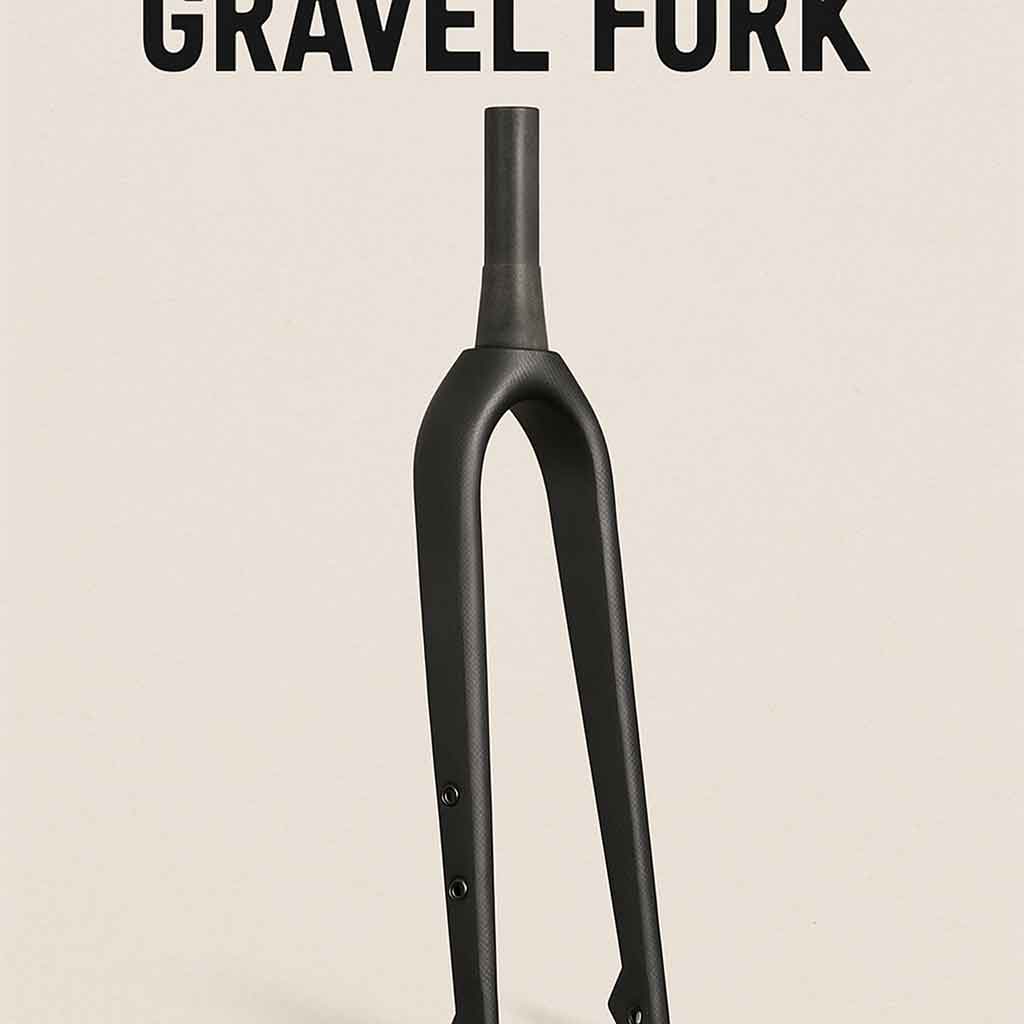
The material of your gravel bike fork can influence both performance and price. Choosing the right material is crucial for balancing weight, durability, and cost.
Carbon Gravel Forks
Carbon fiber is a popular material for gravel forks due to its lightweight and vibration-dampening properties. A carbon gravel fork can reduce fatigue on long rides by absorbing some of the shock from rough terrain. They are typically more expensive but offer enhanced performance for serious riders.
Performance Benefits of Carbon
Carbon forks are renowned for their ability to absorb vibrations, making them an excellent choice for long rides. They provide a smooth, comfortable experience by minimizing the impact of bumps and vibrations, which is essential for maintaining endurance over extended distances.
Investment and Value
While carbon forks are an investment due to their higher cost, they offer superior performance for dedicated riders. Their lightweight nature improves acceleration and handling, making them a preferred choice for competitive cyclists who demand the best from their equipment.
Maintenance and Care
Carbon forks require careful maintenance to ensure longevity. It's essential to avoid over-tightening bolts, as this can damage the carbon material. Regular inspections for cracks or damage are crucial to maintaining safety and performance.
Aluminum Forks
Aluminum forks are more affordable and slightly heavier than their carbon counterparts. While they might not offer the same level of vibration dampening as carbon, they are durable and can handle a variety of conditions without breaking the bank.
Durability and Strength
Aluminum forks are known for their strength and durability, making them a reliable choice for many cyclists. They can withstand rough handling and are less prone to damage from minor impacts, providing peace of mind for adventurous riders.
Cost-Effective Solution
For those on a budget, aluminum forks offer excellent value without compromising too much on performance. They are a practical choice for casual riders or those new to gravel biking who want to experience the sport without a significant financial outlay.
Performance Trade-offs
While aluminum forks are durable, they lack the vibration-dampening qualities of carbon. This can result in a slightly harsher ride, especially on longer trails. Riders must weigh the cost savings against the potential for increased fatigue on rougher terrains.
Key Features to Consider
When selecting a gravel bike fork, there are several features you should consider to ensure you get the best fit for your riding style. Each feature contributes to the overall performance and adaptability of your bike.
Tire Clearance
Tire clearance is crucial if you plan on tackling different terrains. A fork with ample clearance allows you to fit wider tires, which can provide better grip and comfort on loose surfaces. Look for a gravel bike fork 700c that offers the clearance you need for your preferred tire size.
Importance of Tire Clearance
Tire clearance determines the maximum width of the tire that can be fitted on the fork. Wider tires offer better traction and stability, especially on loose or uneven surfaces, enhancing your control and confidence on challenging trails.
Adapting to Different Conditions
Having the flexibility to change tire sizes according to the trail conditions is a significant advantage. Wider tires can be used for softer, muddier trails, while narrower tires are suitable for hard-packed gravel or road surfaces. This adaptability is essential for maximizing your bike's versatility.
Selecting the Right Size
When choosing a fork, ensure it provides sufficient clearance for the tires you intend to use. Check the manufacturer's specifications for compatibility, and consider any future upgrades or changes to your setup that might require different tire sizes.
Axle Type
The axle type of your fork will affect compatibility with your wheels. The two main types are quick-release and thru-axle. Thru-axles provide greater stiffness and are becoming more common in gravel bikes due to their improved handling capabilities.
Quick-Release vs. Thru-Axle
Quick-release axles are lightweight and allow for easy wheel removal, which is convenient for repairs or transportation. However, they can be less stable than thru-axles, which offer increased stiffness and better alignment for enhanced handling.
Benefits of Thru-Axles
Thru-axles provide a more secure connection between the wheel and the fork, reducing flex and improving overall ride stability. They are particularly beneficial for aggressive riding styles or rough terrains where precise handling is crucial.
Compatibility Considerations
Ensure that the fork's axle type is compatible with your bike's frame and wheels. If you're upgrading or replacing a fork, you might need to consider additional components to ensure everything fits seamlessly.
Mounting Options
Consider what mounting options the fork provides. Many gravel forks come with mounts for racks, fenders, and bottle cages, adding to the bike's versatility, especially for long-distance touring or bikepacking.
Enhancing Versatility
Mounting options expand the functionality of your bike, allowing you to carry additional gear for long rides or overnight trips. Racks can hold panniers for extra storage, while bottle cage mounts ensure you stay hydrated on extended journeys.
Customizing Your Setup
These mounts offer the flexibility to customize your bike according to your needs. Whether you're planning a multi-day bikepacking adventure or a day trip, having the ability to attach accessories enhances your bike's utility and convenience.
Planning for Future Needs
When selecting a fork, consider any future plans for your bike. If you anticipate needing additional storage or accessories, choose a fork with the necessary mounts to accommodate these needs, ensuring your bike can evolve with your cycling ambitions.
Best Gravel Fork Options

by Anna Kumpan (https://unsplash.com/@ankumpan)
With so many options on the market, it can be challenging to decide which fork is best for you. Below are some top picks in different categories, each offering unique features to suit various riding styles and budgets.
Best Overall: ENVE Gravel Fork
The ENVE Gravel Fork is renowned for its lightweight construction and excellent ride quality. Made from high-quality carbon fiber, it provides a balance of stiffness and compliance that can enhance your riding experience on various terrains.
Outstanding Performance
The ENVE Gravel Fork's carbon construction offers exceptional vibration dampening, providing a smooth and comfortable ride. Its design emphasizes both stiffness and compliance, allowing for precise handling and control on diverse terrains.
Versatility Across Terrains
This fork excels in adapting to different riding conditions, making it an ideal choice for cyclists who tackle a mix of gravel, road, and dirt trails. Its lightweight nature enhances speed and efficiency, perfect for competitive and recreational riders alike.
Investment Worth
While it commands a higher price, the ENVE Gravel Fork delivers on performance and durability, making it a worthwhile investment for serious cyclists. Its long-term benefits in terms of ride quality and reliability justify the initial expense.
Best Suspension Fork: Fox AX
For those who need a bit more suspension, the Fox AX is the best gravel suspension fork available. It offers 40mm of travel, which is perfect for smoothing out rough roads without adding too much weight.
Superior Comfort and Control
The Fox AX's suspension capabilities provide unmatched comfort on rough trails, absorbing shocks and vibrations to reduce rider fatigue. Its 40mm travel is ideal for maintaining control and stability on uneven surfaces, enhancing confidence and safety.
Ideal for Technical Trails
This fork is designed for cyclists who frequently encounter challenging terrains with rocks, roots, and obstacles. Its suspension system ensures smooth navigation through technical trails, offering a forgiving ride that encourages exploration.
Balancing Weight and Performance
Despite its suspension features, the Fox AX maintains a relatively lightweight profile, ensuring that it doesn't compromise your bike's overall efficiency. It strikes a balance between comfort and performance, making it a versatile choice for adventurous riders.
Best Value: Salsa Waxwing Fork
If you're looking for a great fork without breaking the bank, the Salsa Waxwing is a solid choice. It offers excellent tire clearance and plenty of mounting options, making it versatile enough for most gravel adventures.
Affordable Quality
The Salsa Waxwing Fork provides high-quality features at a reasonable price, making it accessible to a wide range of cyclists. Its affordability doesn't come at the expense of performance, offering reliable handling and durability.
Versatility and Adaptability
With generous tire clearance and multiple mounting options, this fork is suitable for various setups and terrains. It caters to both casual riders and those embarking on longer tours, providing the flexibility needed for diverse cycling experiences.
Reliable Performance
The Salsa Waxwing Fork's construction ensures consistent performance, handling different conditions with ease. Its durability and versatility make it an excellent choice for cyclists seeking a dependable fork for their gravel biking endeavors.
Installation and Maintenance Tips
Once you've chosen your fork, proper installation and maintenance are key to ensuring it performs well over time. Following best practices in these areas will prolong the life of your fork and enhance your biking experience.
Installation
If you're not comfortable installing the fork yourself, it's best to have a professional handle it. They can ensure that everything is aligned correctly and that the fork is compatible with your bike's other components.
Professional Installation Benefits
Having a professional install your fork guarantees precision and accuracy, minimizing the risk of misalignment or damage. Professionals have the tools and expertise to ensure a smooth installation process, providing peace of mind and ensuring optimal performance.
DIY Installation Tips
For those who prefer a hands-on approach, ensure you have the right tools and follow the manufacturer's instructions carefully. Pay attention to torque specifications to avoid over-tightening, which can damage components. Take your time to ensure everything is aligned and secure.
Compatibility Checks
Before installation, verify that the fork is compatible with your bike's frame, headset, and wheel setup. This step is crucial to prevent any fitment issues and ensure a seamless integration with your bike's existing components.
Maintenance
Regular maintenance will extend the life of your gravel fork. For rigid forks, this mostly involves checking for wear and tear. For suspension forks, you'll need to periodically service the shock absorber to maintain its performance.
Routine Inspections
Perform regular visual checks for cracks, scratches, or other signs of damage. Inspect the fork's mounting points and ensure that all bolts are tightened to the recommended torque settings. Regular inspections help identify potential issues before they become serious problems.
Suspension Fork Servicing
Suspension forks require periodic servicing to maintain their performance. This includes checking the seals, lubricating moving parts, and ensuring the shock absorber functions correctly. Regular servicing enhances the fork's longevity and ensures consistent performance on the trails.
Cleaning and Care
Keep your fork clean by wiping it down after rides, especially in muddy or dusty conditions. Use a gentle cleaner and avoid abrasive materials that could scratch the surface. Proper cleaning prevents dirt buildup and keeps your fork looking and performing its best.
Conclusion
Choosing the right gravel bike fork is an important step in optimizing your bike for the adventures you plan to undertake. Whether you prioritize speed, comfort, or versatility, there is a fork out there that meets your needs. Consider your riding style, the terrain you'll be tackling, and your budget when making your decision.
Enhancing Your Riding Experience
With the right fork, you'll not only improve your bike's performance but also your overall enjoyment of gravel biking. A well-chosen fork enhances comfort, control, and confidence, allowing you to explore new trails and push your limits.
Making an Informed Decision
Take the time to research and evaluate different options, considering how each fork aligns with your cycling goals. Whether you're a competitive cyclist or a casual adventurer, the right fork can make a significant difference in your biking experience.
Embracing the Adventure
Gravel biking opens up a world of exploration and adventure. With the right equipment, you'll be ready to tackle any trail, enjoy the journey, and discover the joy of riding on diverse terrains. Happy riding!



